Orchids have long been a favorite among flower lovers in India due to their unique beauty and long-lasting flowers. Doritaenopsis orchids have become increasingly common among the many orchid varieties grown in India due to their ease of care and adaptability to various growing conditions. As the demand for Doritaenopsis orchids grows, many Indian farmers are looking to profit from this trend by establishing their own Doritaenopsis farms.
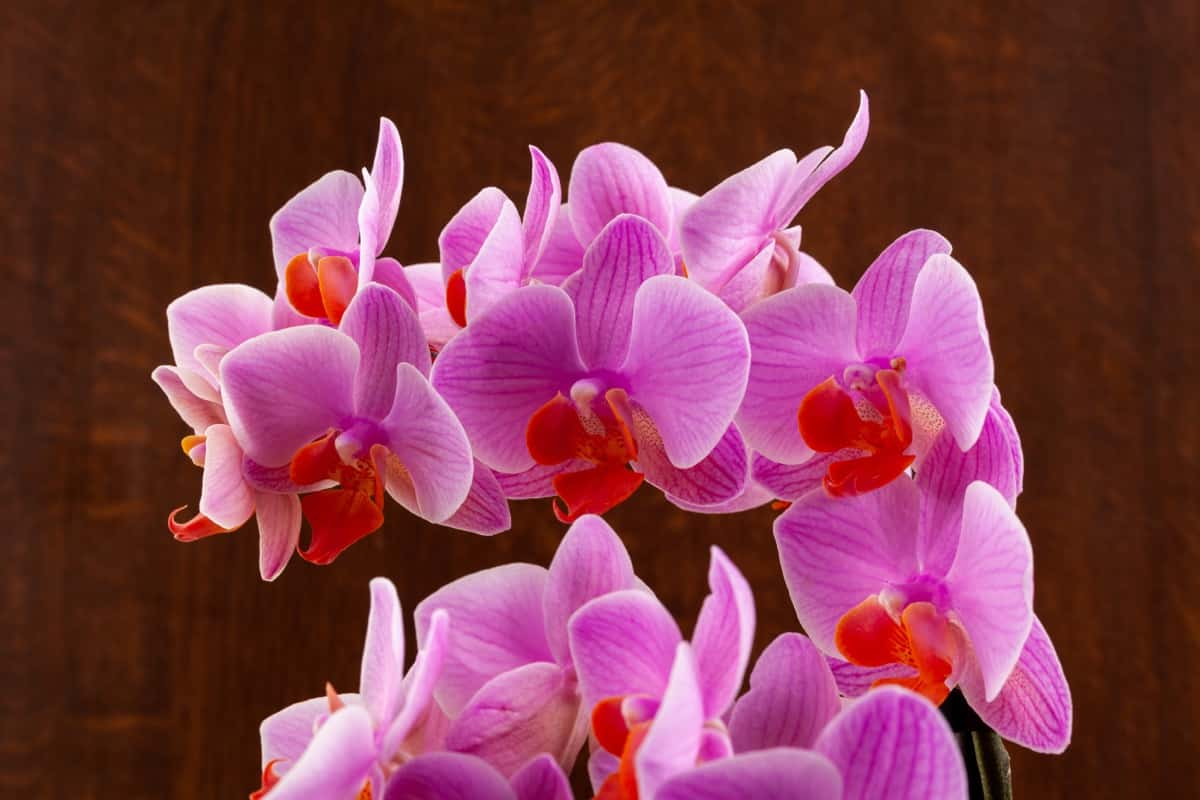
On the other hand, growing and maintaining these delicate plants necessitates a certain degree of knowledge and expertise. Therefore, this article aims to provide a thorough guide to Doritaenopsis farm in India. We will cover everything from knowing the characteristics of Doritaenopsis orchids to preparing the farm location, growing and maintaining the plants, and marketing the harvested flowers.
Doritaenopsis Farming in India
What is Doritaenopsis
Doritaenopsis is a genus of orchid hybrids first described by André Guillaumin in 1935. These orchids result from crossing the Doritis pulcherrima (now known as Phalaenopsis pulcherrima) with the Phalaenopsis equestris, creating a hybrid with more intense pink flowers. One of the most remarkable Doritaenopsis orchids is the ‘Malibu Dream,’ registered with the American Orchid Society in 1975.
This orchid produces an inflorescence of nearly 8 feet tall with five branches, 75 flowers, and 29 buds. The individual flowers measure about 3.1 inches. The abbreviation Dtps. is commonly used in the horticultural trade to refer to this type of orchid. Doritaenopsis orchids are prized for their beautiful and long-lasting flowers, adaptability to different growing conditions, and ease of care. They are often used as decorative plants in homes and offices. They have become increasingly popular among orchid enthusiasts and farmers.
Understanding Doritaenopsis Orchids
Doritaenopsis orchids are a variety of hybrid orchids that cross between the two orchid genera, Doritis and Phalaenopsis. They are also referred to as Phalaeopsis-Doritis hybrids. Taiwanese orchid breeders first developed these orchids in the 1960s, intending to develop a hybrid that combined the finest characteristics of both parent species.
Doritaenopsis orchids are becoming increasingly well-liked because of their lovely and long-lasting flowers, simplicity of maintenance, and ability to thrive in various environments. In addition, they are frequently used as decorative plants in homes and workplaces because they are especially well-suited for indoor growing.
In case you missed it: A Guide to Understand Importance of Drones in Agriculture/Farming: Advantages, Applications, and Different Types
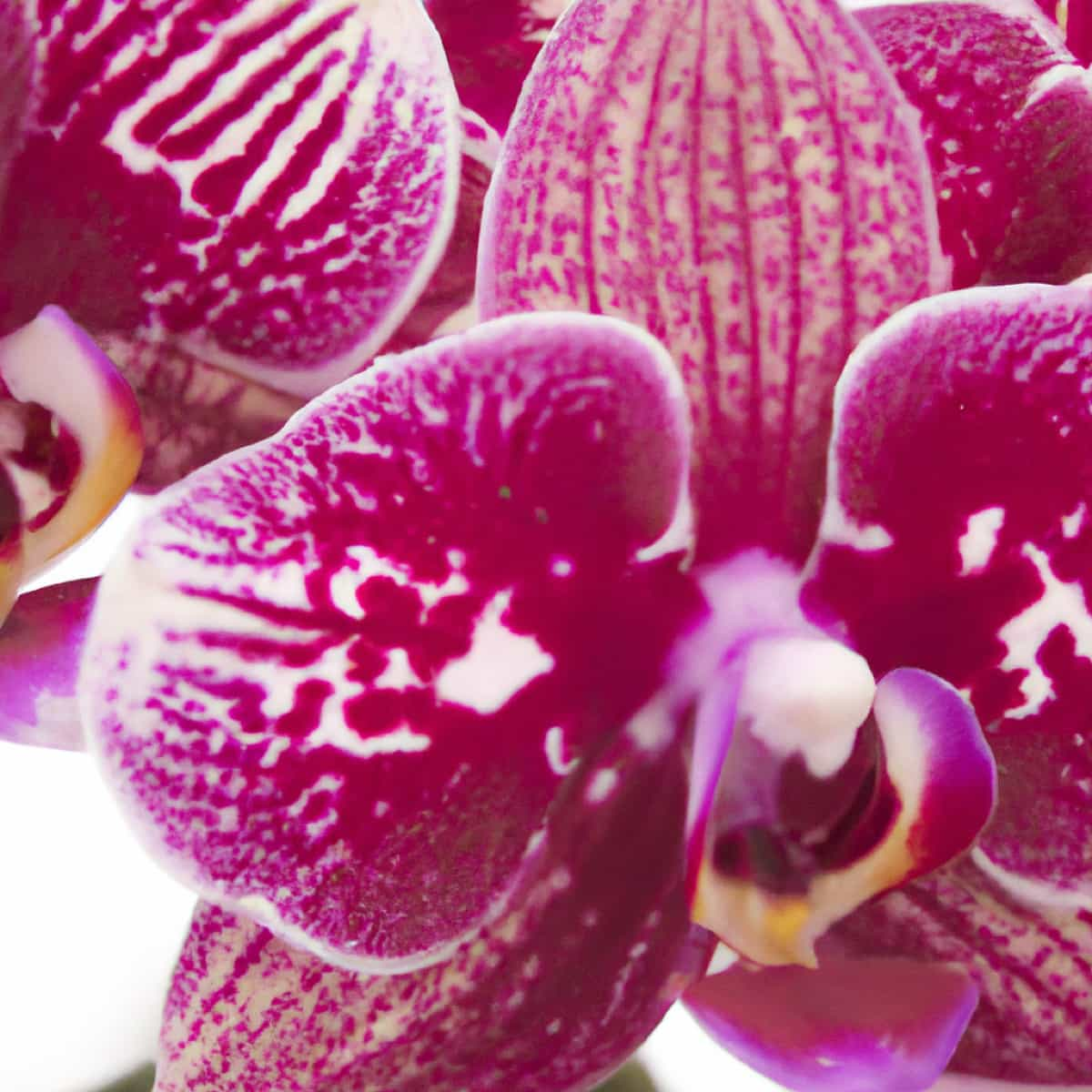
Large, flat, round flowers with various colors, including white, pink, yellow, and red, give these orchids a unique appearance. They are renowned for having blossoms lasting for several months and their long-lasting blooms. Doritaenopsis orchids are epiphytic, which means that in their native habitat, they grow on other plants or objects. They favor warm, humid weather and direct, bright sunshine.
They also require a well-draining potting medium to avoid root rot because they are susceptible to overwatering. Doritaenopsis orchids are typically simpler to care for and more tolerant of less-than-ideal growing conditions than other common orchid species in India, such as Cattleya and Dendrobium. They are also better suited to growing in various climates, which has increased their appeal to farmers and orchid lovers.
Starting a Doritaenopsis Farm in India
Starting a Doritaenopsis farm in India requires specific attention to environmental factors and plant care techniques. When growing indoors, it’s important to note that the red pigmentation in the leaves may not be present in lower light conditions. Tap water with a pH between 7 and 8 and a TDS between 200 and 300 parts per million is suitable for watering, and slow-release fertilizer is recommended. Sphagnum moss can help retain moisture and prolong watering intervals.
Repotting should only be done when necessary and when new growth is emerging. Care should be taken to avoid unnecessary root damage. Winter poses potential issues like overwatering, so steps should be taken to prevent this. In the summer season, plants can be soaked for five minutes and allowed to dry for a week between watering. It’s important to wait patiently for the plant to bloom in the next flowering season, and mutations or irregularities may occur due to the cloning process.
Growing Conditions and Maintaining Doritaenopsis Plants
Bright, indirect light, high humidity, and regular irrigation are all requirements for doritaenopsis plants. In addition, they need frequent feedings of balanced orchid fertilizer to be grown in a potting mix that allows excess water to drain. Maintain check for possible bugs and diseases, make sure your plants get plenty of light and air and don’t drown them in water. Every year to two years, you should repot your plant.
In case you missed it: What is Agricultural Engineering: Types, Importance, Job, and Salary
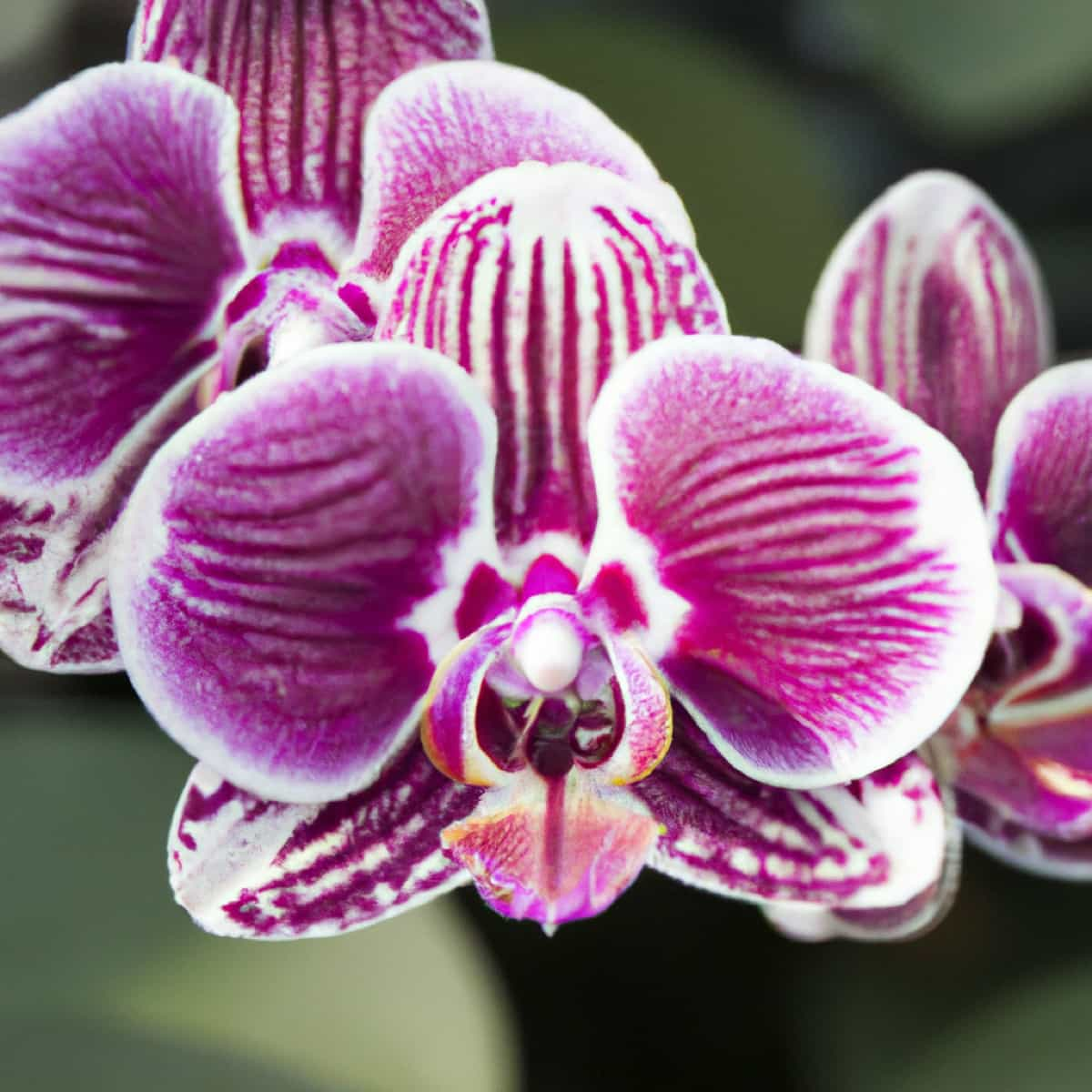
Light Requirement for Doritaenopsis Plants
The ideal light intensity for Doritaenopsis plants is between 1,000 and 2,000-foot candles, which is bright indirect light. Positioning the plant in an east-facing window is recommended to avoid damaging the foliage with intense, direct sunlight. However, suppose the window receives an excessive amount of light. In that case, the plant should be positioned further away from the glass to prevent the leaves from being exposed to direct sunlight. In addition, it is essential to maintain consistent lighting conditions to prevent shocking the plant, which can result in the loss of its flowers or leaves.
Temperature Requirement for Doritaenopsis Plants
Temperature is crucial to the development and proliferation of Doritaenopsis orchids. These plants favor nighttime temperatures above 65 degrees Fahrenheit (18 degrees Celsius) and a 10-degree daytime increase. They can tolerate nighttime temperatures as low as 60°F (15°C) but do not flourish in temperatures exceeding 95°F (35°C).
In September or October, a decrease in temperature to 50 to 60 degrees Fahrenheit (10 to 15 degrees Celsius) and an increase in light levels can stimulate flowering. Maintaining the ideal temperature range will allow your Doritaenopsis orchid to produce flowers beautifully. Temperature consistency is essential for preventing plant stress and harm. Maintaining the ideal temperature range will allow your Doritaenopsis orchid to flourish.
Humidity Requirement for Doritaenopsis Plants
Maintaining optimal humidity levels is essential for the development and health of Doritaenopsis orchids. These plants require a minimum of 50 percent humidity, but most environments support them. Adding a humidifier to the developing space can be beneficial if the environment is extremely dry. Alternately, you can increase humidity by sprinkling the foliage daily, grouping the plants, or placing them on a tray of pebbles with water at the bottom. To prevent root rot, it is essential to ensure the containers do not sit immediately in water.
Water Management for Doritaenopsis Plants
Orchids of the genus Doritaenopsis require proper watering to survive and grow. These plants need regular, but not extensive, watering. Regardless of the growing medium, it is essential to bring the potting medium to near-dryness without permitting it to become completely dry. Finger-testing the soil’s moisture content is a simple method to determine if it’s time to water. When the medium is nearly dry, thoroughly hydrate the plant. It is imperative to avoid wetting the foliage or allowing the roots to remain in standing water, as Doritaenopsis orchids dislike wet roots and extreme dryness.
In case you missed it: A Guide to Understand Importance of Drones in Agriculture/Farming: Advantages, Applications, and Different Types
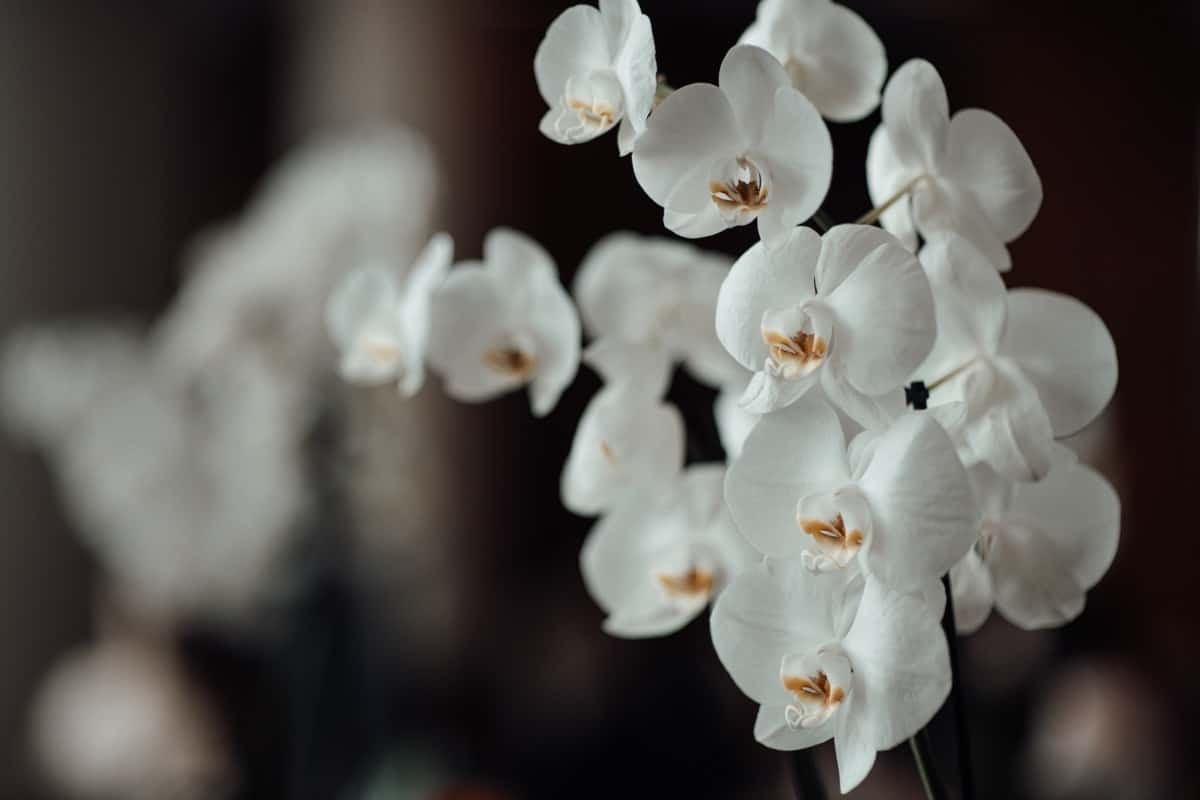
Fertilizer Management for Doritaenopsis Plants
Fertilization is an essential aspect of orchid maintenance during the growing season for Doritaenopsis. Periodically fertilize these plants with a balanced fertilizer, such as 15-15-15, or a blooming fertilizer, such as 7-9-5. We recommend using half a teaspoon of fertilizer per gallon of water every four weeks. However, care must be taken not to overfertilize, as orchid roots are sensitive to excessive fertilization. Before giving fertilizer, it is also essential to ensure the orchid is adequately hydrated so as not to harm the roots.
Pruning for Doritaenopsis Plants
When the flower stalk of Doritaenopsis has withered, pruning is required. If you cut the stalk by roughly half, the plant will produce a floral stem from its dormant eyes within a few weeks. Roots should be repotted every one to a half years when visible. Cleanse the old medium from the healthy roots, remove any damaged or diseased roots, and repot the plant in a new medium.
Doritaenopsis is grown in various mediums, including perlite, stones, charcoal, sphagnum moss, and fir bark. Water sparingly for a few weeks after repotting until the roots have readjusted and are growing again. Periodically inspecting the root system is recommended to ensure appropriate watering. New growth should be verdant and succulent, and the roots should be plump and round.
Special Instructions for Doritaenopsis Orchid Care in India
Doritaenopsis orchids grow in a warm, partially shaded, and well-ventilated environment. They require consistent, but not excessive, watering and should never be allowed to remain in the water for an extended period. It is recommended that expanded clay or pebbles be added to the planter or container to help with drainage and airflow. It is recommended to fertilize Doritaenopsis every 14 days throughout the year. After the flower stem has withered, it is recommended to divide it in half.
The plant can produce a new floral stem from its “sleeping eyes” within a few weeks. It’s important to note that lower temperatures can be beneficial for buds. Orchids of the Doritaenopsis genus must be repotted every 1 to 1.5 years. Ensure that the new receptacle or planter has adequate drainage and is filled with orchid potting mix when repotting. By adhering to these instructions, you can ensure that your Doritaenopsis orchid remains healthy and grows magnificently.
In case you missed it: High-Tech Farming in India: Policy Framework for Revolutionizing Indian Agriculture
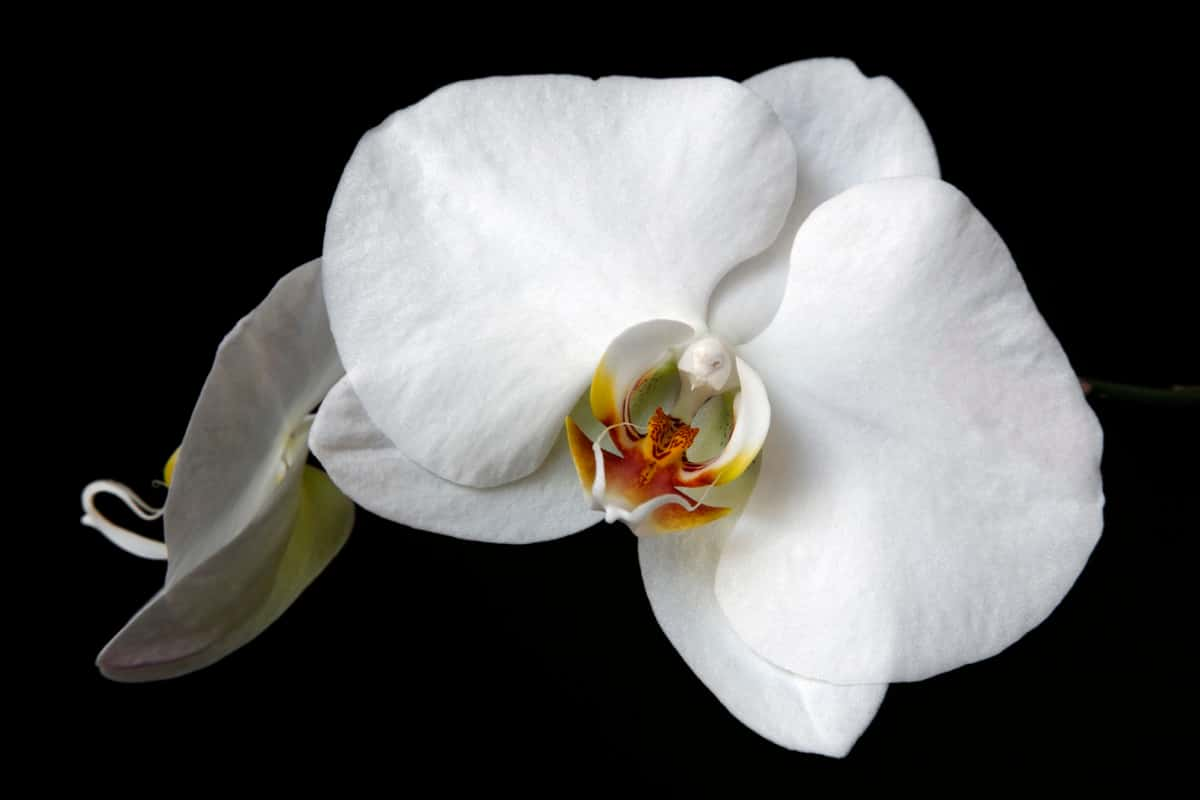
Harvesting and Marketing Doritaenopsis Orchids
- Wait until the buds are mature and the blooms are open. Early picking lowers bloom quality, while late harvesting damages flowers. Use sharp, sterilized tools and manage the plant carefully to avoid damage during harvesting.
- Doritaenopsis blooms last longer with proper post-harvest handling. After harvest, keep blooms cool, humid, and out of direct sunshine. A floral preservative solution can extend bloom life.
- Doritaenopsis flowers are fragile and need careful packaging and transportation. Orchid transport cases have ventilation holes and foam inserts to secure the flowers. Air freight is suggested for fast delivery and minimal handling.
- Selling Doritaenopsis flowers in India requires a good marketing plan. High-end flower shops and florists are more apt to appreciate Doritaenopsis orchids’ beauty and quality. It’s also crucial to market the flowers online and on social media.
- Doritaenopsis orchids are rare items with a limited market in India, making pricing difficult. To set a fair price, study market trends and competitor pricing. Bulk order discounts and long-term buyer connections can also build customer loyalty.
Challenges and Opportunities in Doritaenopsis Farming in India
The cultivation of Doritaenopsis in India presents both challenges and opportunities. The fluctuating market prices make it difficult to foresee profits and plan for future investments, one of the most significant obstacles farmers may face. In addition, farmers may encounter competition from other flower species, which may impact demand for Doritaenopsis flowers.
However, the Doritaenopsis agricultural industry also presents opportunities for innovation and expansion. For instance, producers can investigate various cultivation methods and technologies to increase yields and quality. They can also concentrate on developing distinctive, high-quality Doritaenopsis varieties that can command higher prices on the market.
In addition, the global demand for exotic and rare flowers presents Doritaenopsis cultivators in India with a significant opportunity. With the proper marketing and distribution strategies, farmers can export their flowers to other countries and enter the international market. It will increase revenue and promote the Doritaenopsis industry in India and enhance the country’s reputation as a prominent exporter of high-quality flowers.
Another potential opportunity for Doritaenopsis producers in India is the growing trend toward eco-friendly and sustainable agricultural practices. By implementing sustainable and eco-friendly practices, farmers can attract more consumers concerned about their purchases’ environmental impact. It can also assist producers in distinguishing themselves from competitors and developing a unique selling proposition.
In case you missed it: State Wise Tomato Farming Seasons in India: Growing Best Varieties and Production Yield

Conclusion
The cultivation of Doritaenopsis in India can be rewarding and profitable for orchid enthusiasts. Farmers can ensure the health and longevity of their plants by understanding the appropriate techniques for growing, watering, and repotting. In addition, post-harvest management and marketing strategies can also contribute to profit maximization.
Doritaenopsis cultivation is an exciting and worthwhile endeavor, despite obstacles such as market fluctuations and competition. The industry’s potential for innovation and expansion and the possibility of exporting make this an exciting and worthwhile endeavor.
- Types of Pesticides Used in Agriculture: A Beginner’s Guide
- Economical Aquaculture: A Guide to Low-Budget Fish Farming
- 15 Common Planting Errors That Can Doom Your Fruit Trees
- How to Make Houseplants Bushy: Effective Tips and Ideas
- Innovative Strategies for Boosting Coconut Pollination and Yield
- Pollination Strategies for Maximum Pumpkin Yield
- The Complete Guide to Chicken Fattening: Strategies for Maximum Growth
- Natural Solutions for Tulip Problems: 100% Effective Remedies for Leaf and Bulb-Related Issues
- Revolutionizing Citrus Preservation: Towards a Healthier, Greener Future
- Natural Solutions for Peony Leaf and Flower Problems: 100% Effective Remedies
- Maximizing Profits with Avocado Contract Farming in India: A Comprehensive Guide
- Natural Solutions for Hydrangea Problems: 100% Effective Remedies for Leaf and Flowers
- The Ultimate Guide to Choosing the Perfect Foliage Friend: Bringing Life Indoors
- From Sunlight to Sustainability: 15 Ways to Use Solar Technology in Agriculture
- The Ultimate Guide to Dong Tao Chicken: Exploring from History to Raising
- The Eco-Friendly Makeover: How to Convert Your Unused Swimming Pool into a Fish Pond
- Mastering the Art of Delaware Chicken Farming: Essentials for Healthy Backyard Flocks
- 20 Best Homemade Fertilizers for Money Plant: DIY Recipes and Application Methods
- How to Craft a Comprehensive Free-Range Chicken Farming Business Plan
- Brighten Your Flock: Raising Easter Egger Chickens for Beauty and Bounty
- How to Optimize Your Poultry Egg Farm Business Plan with These Strategies
- Subsidy for Spirulina Cultivation: How Indian Government Schemes Encouraging Spirulina Farmers
- Ultimate Guide to Raising Dominique Chickens: Breeding, Feeding, Egg-Production, and Care
- Mastering the Art of Raising Jersey Giant Chickens: Care, Feeding, and More
- Ultimate Guide to Raising Legbar Chickens: Breeding, Farming Practices, Diet, Egg-Production
- How to Raise Welsummer Chickens: A Comprehensive Guide for Beginners
- How to Protect Indoor Plants in Winter: A Comprehensive Guide
- Ultimate Guide to Grow Bag Gardening: Tips, Tricks, and Planting Ideas for Urban Gardeners
- Guide to Lotus Cultivation: How to Propagate, Plant, Grow, Care, Cost, and Profit
- Agriculture Drone Subsidy Scheme: Government Kisan Subsidy, License, and How to Apply Online
- Ultimate Guide to Raising Araucana Chickens: Breed Profile, Farming Economics, Diet, and Care
- Bringing Hydroponics to Classroom: Importance, Benefits of Learning for School Students
- Ultimate Guide to Raising Polish Chickens: Breed Profile, Farming Economics, Diet, and Care
- Ultimate Guide to Raising Australorp Chickens: Profile, Farming Economics, Egg Production, Diet, and Care
- Silkie Chicken Farming: Raising Practices, Varieties, Egg Production, Diet, and Care
- Sussex Chicken Farming: Raising Practices, Varieties, Egg Production, Diet and Care